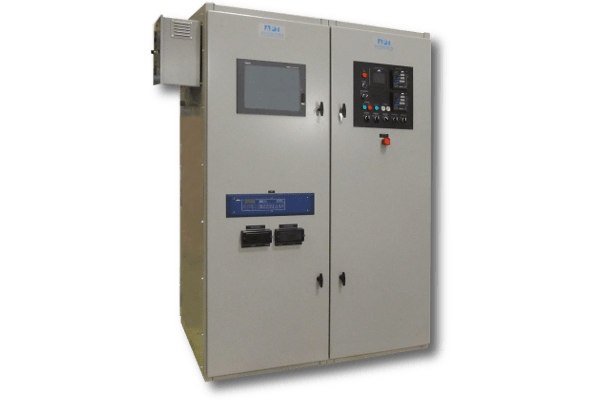Utility Paralleling Switchgear
Utility paralleling switchgear used in scenarios where multiple utility sources need to be paralleled, synchronized, and distributed to provide a reliable and continuous power supply to a facility or system. This type of switchgear is commonly used in large commercial and industrial facilities, data centers, hospitals, and other critical infrastructure applications where uninterrupted power supply is essential.
APT utility paralleling switchgear is intended to provide the necessary controls to relieve a utility grid of part of its burden (kW and kVAR) by displacing it onto a generator set. Once the generator set is paralleled to the utility, it is necessary for the switchgear to be able to control engine load level (kW) and generator excitation level (kVAR). This is accomplished by connecting to the engine speed and generator voltage adjust circuits of the generator set.













